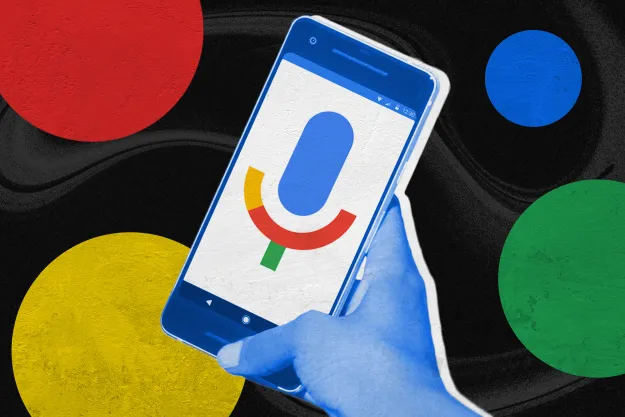Google has taken the wraps off its anticipated Google Talk instant messaging and voice-over-Internet service, elbowing its way into a crowded room long fought-over by America Online’s AIM and ICQ services, Yahoo Messenger, Microsoft’s MSN service, and recently set a-twitter by the svelte European arrival Skype, each of which are well-established with many millions of users.
What does Internet darling Google think it can bring to a party that’s been underway for years?
For one thing, Google Talk is free: users don’t need to sign up for a service and pay a monthly fee to use Google Talk, although users do need to have a GMail account to sign in. Second, Google Talk is based on the open standard Jabber/XMPP protocol, which means that Google Talk users can talk to anyone using a Jabber-savvy instant messaging client, regardless of the service they use. In contrast, MSN, AIM, Yahoo Messenger, and Skype are all proprietary systems which offer only limited, selective access to other instant messaging systems. Currently, Google Talk can exchange messages with Trillian, Apple’s iChat, Adium, GAIM, Psi, and a new system under development at Earthlink, although Google Talk currently only supports computer-to-computer voice communications with itself. Google Talk doesn’t display any advertisements or pop-ups, and the company says it collects no personal information about users, although Google Talk doesn’t not currently encrypt messages either.
Google Talk requires Windows 2000, Windows XP (Home & Pro), or Windows Server 2003 and is currently available in English; Google says it hopes to add other languages and operating systems in the future. To use computer-to-computer voice capabilities, users will also need a microphone, a speaker, and at least a 56Kbps Internet connection.
Analysts speculate Google Talk is part of a larger strategy by Google to most into mobile phones services and video search. Google Talk may also spur interest in Google’s GMail service, which to date has only been available on the basis of referrals from current users. Google now offers a mechanism whereby Internet users can obtain a GMail account by responding to an SMS message sent to a mobile phone.
Editors' Recommendations
- Google tackles scammers offering malware-laden ‘Bard’ tool
- This Google Chrome feature may save you from malware
- Google Chrome gets one of Microsoft Edge’s best features
- AMD accidentally revealed a killer new feature to rival Nvidia’s RTX Voice
- Google just enabled an awesome new feature in Google Docs


